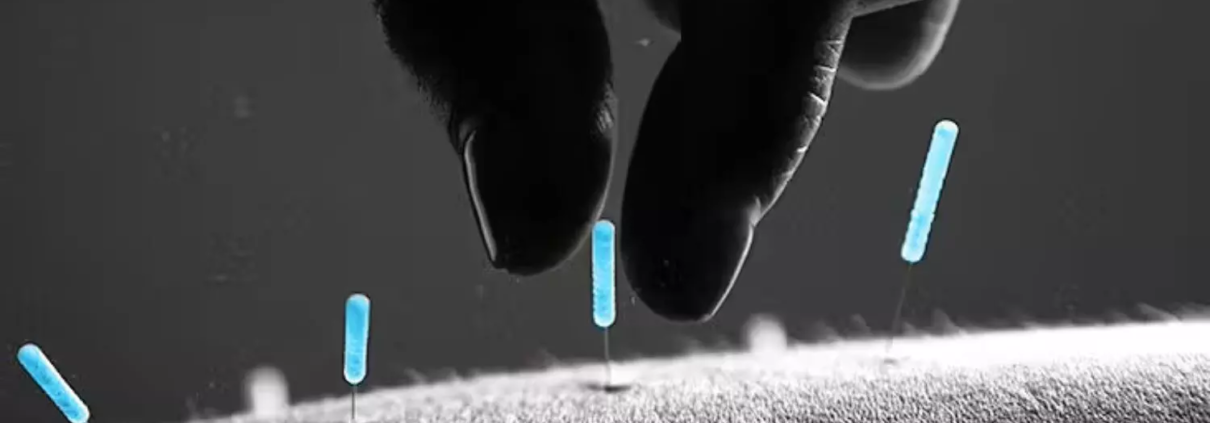Electroacupuncture may reduce Cold hypersensitivity in hands and foot, reports study

A new study published in the journal of PLOS ONE showed that cold hypersensitivity in the hands and foot (CHHF) symptoms were reduced and quality of life was improved by both electroacupuncture (EA) and acupuncture (AC) treatments, while the effects of EA lasted longer than of AC.
Women are more likely than men to have cold hypersensitivity in their hands and feet, which is defined by an unusual sensitivity to temperature that causes discomfort, interferes with everyday tasks, and lowers quality of life. In order to improve therapeutic results, electroacupuncture applies small electrical currents through acupuncture needles. The effectiveness of of AC and EA in reducing CHHF symptoms is insufficient, despite the fact that they have been suggested as treatments for the condition. By contrasting the effectiveness of EA and AC with that of no therapy (control), this study sought to increase the number of available treatment alternatives.
A total of 72 women who had been diagnosed with cold hypersensitivity in their hands and feet based on objective temperature differences and subjective symptoms participated in a 3-group randomized controlled experiment. The EA, AC, or control groups were allocated to participants at random.
Visual analog scale (VAS) scores for the hands and feet, temperature changes recorded using a non-contact thermometer, and World Health Organization Quality of Life-BREF (WHOQOL-BREF) ratings evaluated at pretreatment (T0), posttreatment (T1), and follow-up (T2) were among the outcome measures. Time, group, and interaction effects were assessed using 2-way mixed-model ANOVA and repeated measures ANOVA.
After treatment (T1), the hand and foot VAS and WHOQOL-BREF ratings of EA and AC groups significantly improved when compared to the control group. At follow-up (T2), the EA group notably showed persistent benefits, as seen by notable improvements in many WHOQOL-BREF areas and considerable decreases in foot VAS values.
Group and time interaction effects were noted, suggesting that the EA and AC groups’ modifications differed significantly from the control group’s. At follow-up (T2), the control group also showed a statistically significant decrease in VAS ratings, most likely as a result of psychological variables and the inherent heterogeneity of cold extremities symptoms. Overall, when compared to no therapy, this study showed that EA and AC are useful in reducing CHHF symptoms and improving quality of life. Compared to AC, the effects of EA lasted longer, indicating that it may have autonomic nervous system regulation potential.
Source:
Kwon, N.-Y., Yu, J.-S., Kim, D.-I., Kim, H.-J., & Lee, D.-N. (2024). Effectiveness of electroacupuncture and acupuncture in alleviating cold hypersensitivity in the hands and feet: A randomized controlled trial. In M. C. Borba Brum (Ed.), PLOS ONE (Vol. 19, Issue 11, p. e0313789). Public Library of Science (PLoS). https://doi.org/10.1371/journal.pone.0313789



